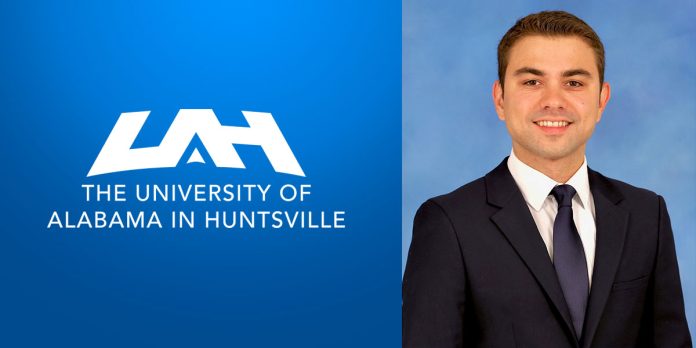HUNTSVILLE – When the Federal Trade Commission announced a ban last week on most noncompete agreements, the University of Alabama in Huntsville was cited as a reference.
Dr. Ege Can, a researcher in the College of Business, studied the impact of NCAs on entrepreneurship, highlighting how banning NCAs could boost business innovation. The FTC estimates the new rule will generate over 8,500 new businesses each year, leading to an average increase of 17,000 to 29,000 more patents per year over the coming decade as well.
Can’s study, co-authored with Dr. Frank Fossen at the University of Nevada Reno, was cited in the FTC’s decision.
The paper is the first to utilize American Community Survey data and examines NCA policy changes in Utah in 2016 and Massachusetts in 2018, where both states limited NCAs to one year for all workers.
The research is also thought to be the first individual-level analysis that separates self-employment with incorporated and unincorporated businesses as two different types of entrepreneurship to analyze the various effects of NCAs. Their findings show the decrease in the enforceability of NCAs in Massachusetts resulted in a higher rate of unincorporated entrepreneurship among low-wage workers. For Utah, the results indicate the reform increased both types of entrepreneurship.
“We wanted to see what impact the change in the enforceability of noncompete agreements had on self-employment and entrepreneurship,” Can said. “NCAs have been a big topic in the last few years due to concerns that they restrict the mobility of workers. While much research concerning employees and many policy initiatives have emerged, few researchers have looked at potential effects on entrepreneurs.
“The new FTC rule frees more U.S. workers to leave their current employers, join competitors or start their businesses without fearing legal repercussions from noncompete agreements. The rule is expected to enhance worker mobility and career advancement, as switching jobs is often a path to increased wages and professional growth. Eliminating most noncompetes nationwide will create many new businesses to foster innovation, additional patents and entrepreneurial activity.”
The FTC estimates banning most noncompetes would impact approximately 30 million Americans and boost wages by over $300 billion per year. Five states ban virtually all noncompetes: California, Colorado, Minnesota, North Dakota and Oklahoma.
“With this rule, low-wage workers can more freely start their own self-employed businesses or even put their existing innovative ideas into practice,” Can said. “States like California, which have long prohibited noncompetes, have been seen as more innovative tech hubs than states with stricter noncompete enforcement. This rule could potentially level the playing field nationally, fostering a broader geographic dispersal of tech innovation.”
Some states, although not barring all noncompetes, have created new restrictions to prohibit or limit NCAs, including many non-solicitation agreements.
“In addition to the one-year limit, Massachusetts also prohibited NCAs entirely for most low-income workers,” Can said. “As a result, low-wage workers in Massachusetts were more likely to start unincorporated businesses after the low-wage noncompete agreement ban.”
The researcher reports that the enforceability of noncompetes can vary significantly from one state to another.
“For instance, noncompete agreements are not enforceable in California, but they are enforceable in Texas,” Can said. “I don’t think that noncompete agreements are necessarily the primary driver in hampering business opportunities, but they generally have a negative impact on innovation and entrepreneurship. But other federal and state-level policies also affect entrepreneurship, such as taxation and bankruptcy laws.
“More than half of entrepreneurial ideas are generated during former employment,” Can points out. “If incumbent firms are reluctant to pursue radical innovation, NCAs can hinder innovation by preventing spin-offs that generate innovative entrepreneurial activity.”
The final rule will become effective 120 days after publication in the Federal Register.
Don’t miss out! Subscribe to our email newsletter to have all our smart stories delivered to your inbox.



